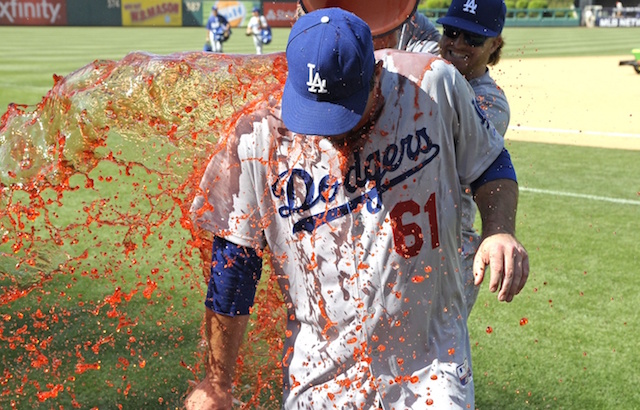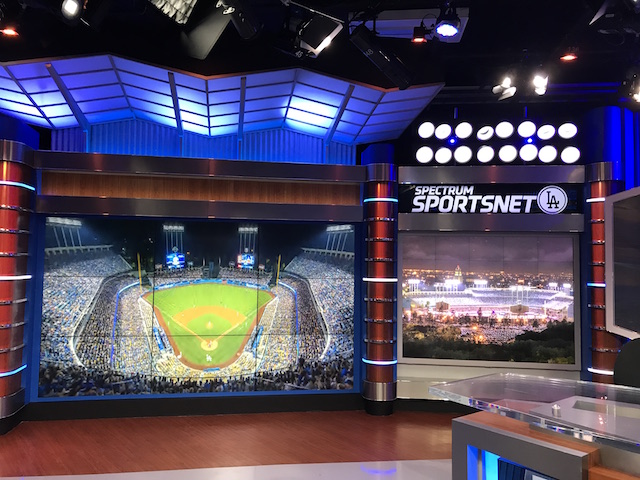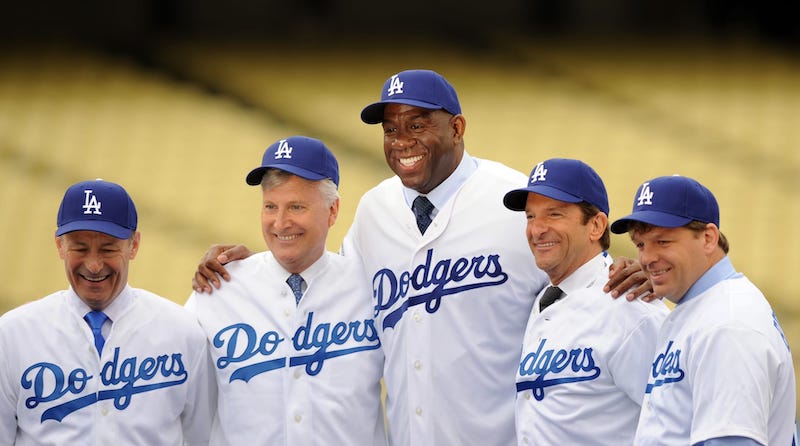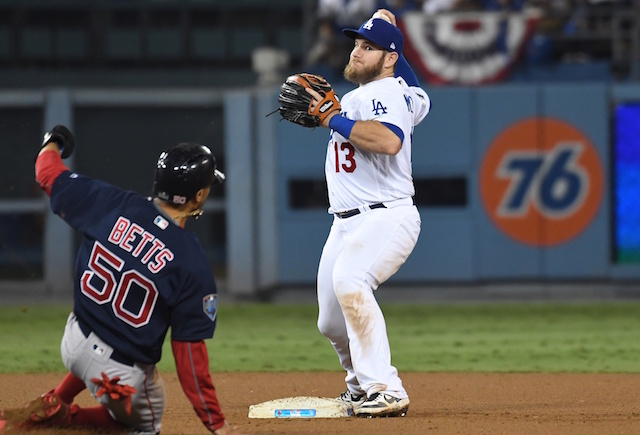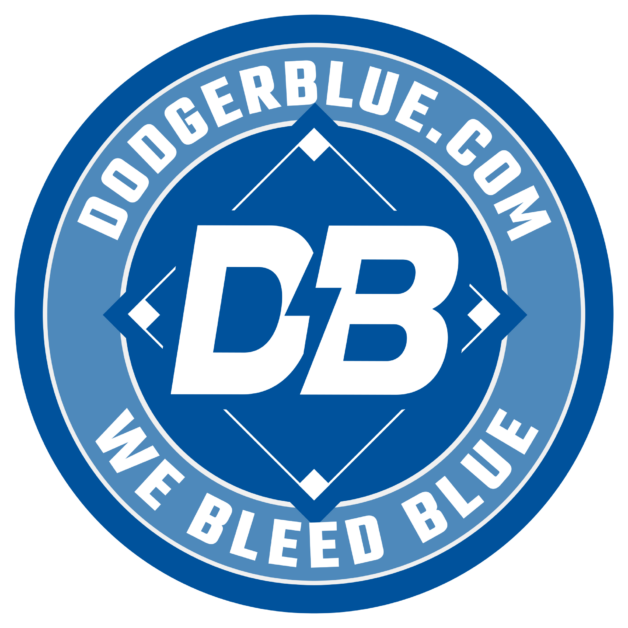Dodger Stadium, an iconic landmark in Los Angeles, California, stands as a testament to the rich history of baseball in America. As the home of the Los Angeles Dodgers, this ballpark has witnessed countless memorable moments since its opening in 1962.
The Move to Los Angeles
The story of Dodger Stadium begins with a significant change in the franchise’s history. In 1957, Walter O’Malley, the owner of the Brooklyn Dodgers, made the unprecedented decision to move the team to California. This move resulted from O’Malley’s unsuccessful attempts to build a new stadium in Brooklyn, New York City. The relocation to Los Angeles marked a new era for the team and set the stage for constructing what would become one of baseball’s most beloved venues.
The Chavez Ravine Controversy
The site chosen for the new stadium was Chavez Ravine, an area earmarked for public housing under the Federal Housing Act of 1949. This decision was not without controversy. In 1953, the political climate in Los Angeles changed with the election of Norris Poulson as mayor. The proposed public housing projects lost support, and the city repurchased the Chavez Ravine property from the Federal Housing Authority.
On June 3, 1958, Los Angeles voters approved a referendum that allowed the Dodgers to acquire 352 acres of Chavez Ravine from the city. However, this process involved the forceful eviction of residents, mainly Hispanics, from their homes, a dark chapter in the stadium’s history that continues to be a point of discussion and reflection.
Construction Challenges
Ground was broken for Dodger Stadium on September 17, 1959. The construction process was monumental, facing numerous challenges due to the site’s mountainous terrain. The project, designed by O’Malley and civil engineer Emil Praeger, required moving a staggering 8 million cubic yards of earth to create a level surface for the stadium and parking lot.
The construction involved:
- Removing the tops of local ridges
- Filling in Sulfur and Cemetery Ravines
- Using 21,000 precast concrete units, some weighing up to 32 tons
- Employing 40,000 cubic meters of concrete and 13,000 tons of reinforced steel
Interestingly, a local elementary school, Palo Verde, was buried rather than demolished and now lies beneath the parking lot northwest of third base.
Financing and Design
Dodger Stadium was a groundbreaking project in many ways. It was the first Major League Baseball stadium since the original Yankee Stadium to be built using 100% private financing, a feat not repeated until Oracle Park in San Francisco opened in 2000. The total construction cost was US$23 million (equivalent to US$232 million in 2023).
The 56,000-seat stadium was designed with careful attention to detail. O’Malley was involved in everything, from the seats’ colors to the hot dogs’ temperature. The stadium was built to provide unparalleled sightlines for baseball, reflecting O’Malley’s vision for a venue dedicated to America’s pastime.
Opening and Legacy
Despite facing numerous challenges, including court delays and inclement weather, Dodger Stadium opened its doors on April 10, 1962. The Dodgers played their first game in their new home before 52,564 fans, marking the beginning of a new era for baseball in Los Angeles.
Today, Dodger Stadium holds several distinctions:
- It is the oldest ballpark in MLB west of the Mississippi River
- It ranks as the third-oldest overall in MLB, after Fenway Park (1912) and Wrigley Field (1914)
- It boasts the largest seating capacity of any baseball stadium in the world
Known as a “pitcher’s ballpark,” Dodger Stadium has been the site of 13 no-hitters, including two perfect games, further cementing its place in baseball lore.
Last Word
The history of Dodger Stadium is a complex tapestry of ambition, controversy, and baseball heritage. From its contentious beginnings in Chavez Ravine to its status as one of the most iconic venues in sports, the stadium has played a crucial role in shaping the identity of Los Angeles and the Dodgers franchise. As it continues to host games and create memories for new generations of fans, Dodger Stadium stands as an enduring symbol of America’s pastime and the ever-evolving story of Los Angeles.



